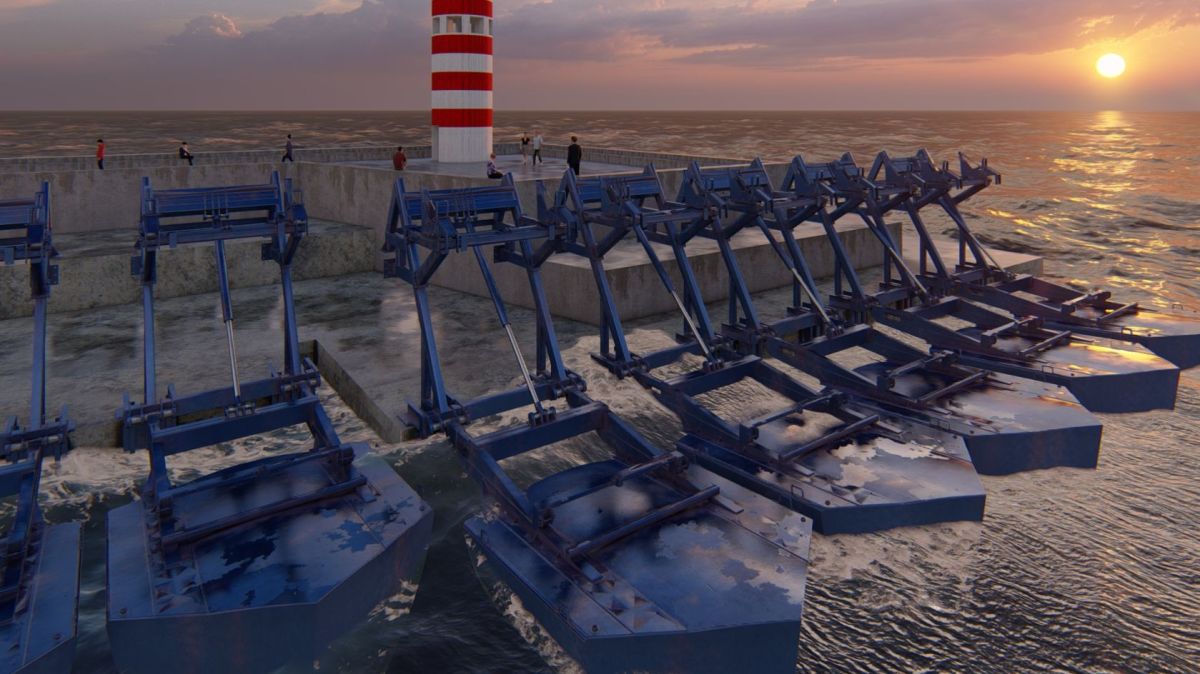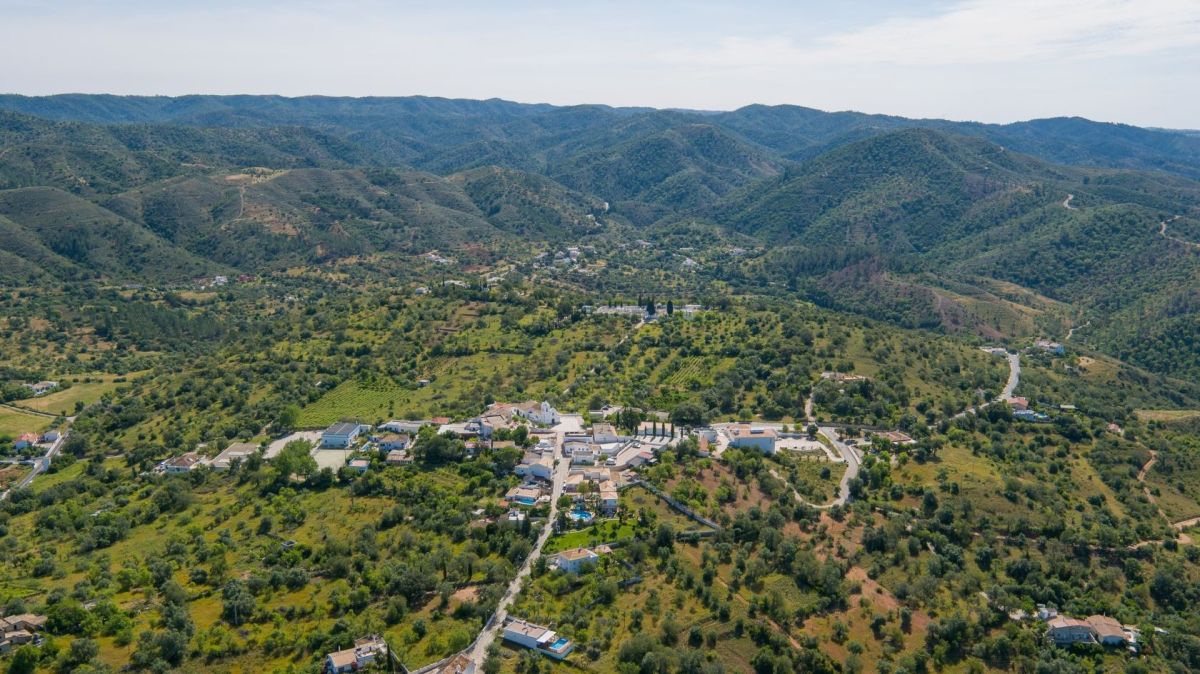As a key ingredient in concrete, cement alone accounts for approximately eight percent of global greenhouse gas emissions. With urbanization booming and around 30 billion tons of concrete poured annually, the pressure to find sustainable alternatives is immense. While climate discussions often center around energy, transport, and agriculture, the construction sector remains a sleeping giant. However, innovative research in Germany is beginning to change that.
At a research institute in Dresden, scientists are developing a revolutionary building material derived from cyanobacteria or commonly known as blue-green algae. These ancient microorganisms, which have existed for over two billion years, are capable of photosynthesis, during which they absorb CO₂ and produce oxygen. By mimicking the natural process through which cyanobacteria form limestone-like crusts known as stromatolites, researchers have succeeded in creating a material that not only avoids CO₂ emissions but actively captures carbon from the atmosphere.
This biogenic approach reimagines construction from the ground up. Instead of firing limestone at over 1400 degrees Celsius to produce cement is a process that emits vast quantities of CO₂, and these bacteria can work at room temperature in light-permeable molds, binding with added materials like sand, hemp fibers, or even construction debris. As the bacteria photosynthesize, they initiate mineralization, depositing calcium carbonate that forms the structural backbone of the material.
While the resulting product isn't as dense or load bearing as traditional concrete, its potential for non-structural elements is promising. Applications could include insulation panels, façade materials, or interior bricks for areas where weight and compressive strength are less critical. Ongoing tests are examining various substrate combinations, aiming to balance environmental impact with durability.
Yet despite the scientific promise, industrial upscaling remains uncertain. The current research is largely funded through academic grants, and the next phases need detailed lifecycle analysis and pilot production and are still awaiting sufficient financial backing. This is where Europe’s funding strategy reveals a critical blind spot.
Billions in EU and national subsidies flow annually into construction and decarbonization projects. However, much of this funding favors established technologies or short-term return-on-investment models. High-risk, high-impact innovations like bacterial concrete are still in their early stages and struggle to secure the backing needed to move from lab to market. In countries like Portugal, for example, support tends to favor traditional bio-based materials like timber, while genuinely disruptive biotechnologies remain sidelined.
Moreover, the energy input required for cultivating cyanobacteria, particularly lighting and temperature control, raises valid concerns. Without proper integration into renewable energy systems, the carbon footprint of growing microorganisms could offset some of the environmental gains. Researchers are aware of these trade-offs and are actively seeking ways to optimize cultivation and energy use.
In this context, countries like Portugal are uniquely positioned to take the lead. With abundant sunlight, vast coastal access, and growing investment in solar and marine energy, Portugal has all the natural ingredients to power such biotechnological processes sustainably. Instead of relying on fossil fuels or importing energy, localized production using renewables could make cyanobacteria-based materials not just viable, but exemplary in climate-responsible manufacturing.
What’s needed now is a coordinated effort to rethink construction subsidies and research support. Beyond carbon capture and emission avoidance, materials like these could redefine how we think about waste and transforming demolition rubble or even desert sand into new, regenerative building components. If given the opportunity to scale, such innovations could become a crucial piece in the climate puzzle.
The work in Dresden proves that sustainable, resource-efficient construction is not a distant dream. It is already taking shape but quietly, in petri dishes and test molds, only waiting for the chance to build the future.
Paulo Lopes is a multi-talent Portuguese citizen who made his Master of Economics in Switzerland and studied law at Lusófona in Lisbon - CEO of Casaiberia in Lisbon and Algarve.
















